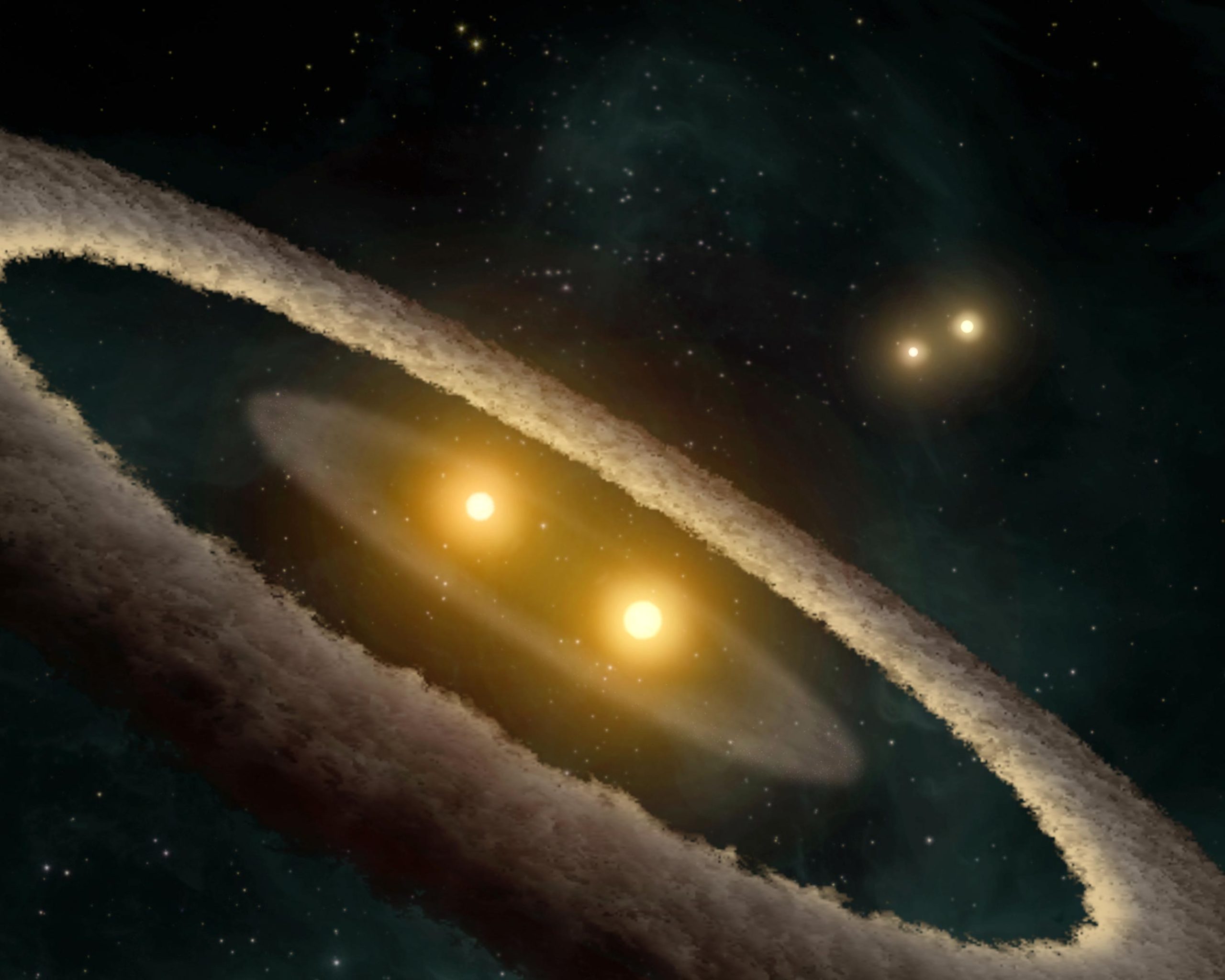
A new Russian spy satellite launched April 7 aboard a Soyuz rocket, likely embarking on a mission to identify and locate foreign military forces by tracking their radio transmissions.
The Russian Defense Ministry announced the launch April 7, and U.S. military tracking data later confirmed the mission placed a single payload into orbit.
A Soyuz-2.1b rocket carried the classified satellite into space from the Plesetsk Cosmodrome, a military-operated spaceport in far northern Russia. The kerosene-fuel rocket launched from a pad at Site 43 at Plesetsk, then headed northeast over Russian territory, shedding its four first stage boosters about two minutes into the mission.
The Soyuz second stage and third stage finished the job of injecting the Russian military spy satellite into orbit. Russian defense officials declared the mission a success, and U.S. military radars detected the satellite in an orbit between 148 miles and 559 miles (239-by-900 kilometers).
The orbit has an inclination, or ground track angle, of 67.1 degrees to the equator. The altitude and inclination match the orbital parameters of Russia’s Lotos S1 military satellites, but Russian officials did not identify the payload on the April 7 launch.
The new satellites was designated Kosmos 2554, keeping with the Russian naming scheme for military spacecraft.

Since the April 7 launch, the spacecraft has adjusted its orbit to reach a circular path about 560 miles above Earth. The post-launch maneuver is also typical of Lotos S1 satellites.
The Lotos S1 satellites are built by KB Arsenal, a Russian military contractor in Saint Petersburg, in partnership with TsSKB Progress. According to the manufacturer, the Lotos S1 satellites weigh around 13,000 pounds (6,000 kilograms) fully fueled at launch.
The Lotos satellites are part of Russia’s Liana military intelligence network, working in tandem with Pion-NKS satellites capable of collecting radar images of ships. The Lotos satellites host antennas to intercept radio signals that can be used to find the positions of military vehicles, including naval vessels.
Russia’s Liana electronic intelligence program is a successor to Russia’s Cold War-era Tselina, US-A, and US-P military satellites. The first Lotos test satellite launched in 2009, and five operational Lotos S1 satellites have launched since 2014.
Email the author.
Follow Stephen Clark on Twitter: @StephenClark1.
Note: This article have been indexed to our site. We do not claim legitimacy, ownership or copyright of any of the content above. To see the article at original source Click Here













